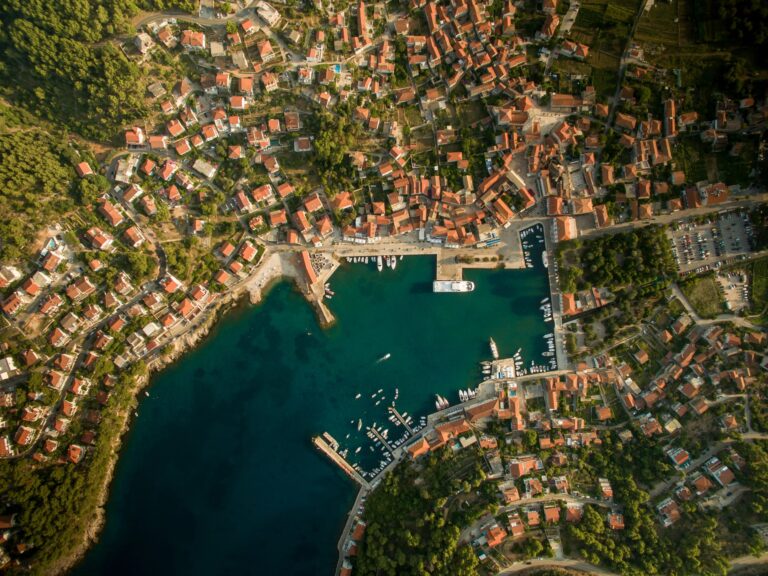16 July 2024 – An analysis of tourism in Croatia has highlighted the fact that the country’s strongest economic sector is still plagued by old, unresolved problems.
As Poslovni Dnevnik/Sinisa Malus writes, statistically speaking, and judging by the first half of the year, this tourist season is breaking several records: Judging at least by the first six months of the year, it seems that we are finally catching up with 2019, the record year that many of us dreamed of.
In the first half of this year, 7.2 million tourists visited various destinations across Croatia, achieving 28.1 million overnight stays, an increase of 6% and 2% respectively compared to the same period last year, the Croatian Tourist Board (HTZ) reported, adding that more than 700,000 tourists are currently staying in Croatia.
According to HTZ, it all means that Croatia’s tourism industry is seeing positive trends and great tourist traffic results in the first six months of 2024, entering the very peak of the main summer period of the tourist year.
What does a Croatia tourism comparison tell us?
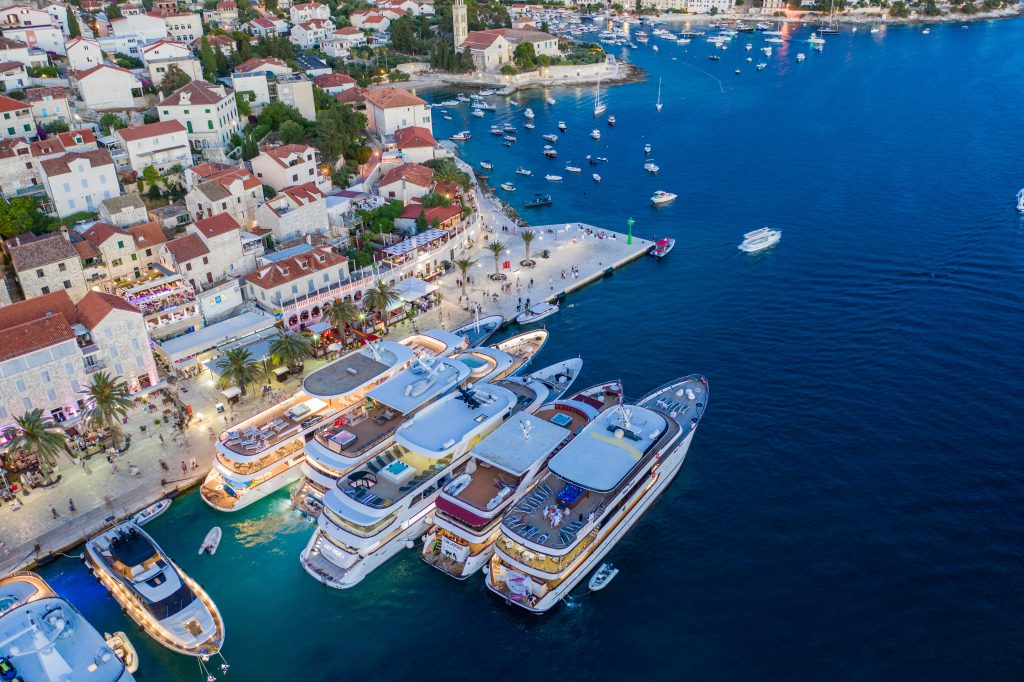
The remaining over 2.3 million overnight stays refer to stays in the mainland part of the country, totalling a 7 percent increase compared to the first half of 2023. Nearly half of these stays (1.2 million) took place in the city of Zagreb alone, which saw a notable increase of 8 percent.
However, according to the counties that have realised the most overnight stays so far this year, Istria in particular stands out. The peninsula realised an impressive 8.4 million overnight stays in its destinations in the first six months of 2024. This is followed by Split-Dalmatia County with 5 million overnight stays and Kvarner with 4.4 million. Speaking of specific destinations, Dubrovnik, Rovinj, Zagreb, Split, Poreč, Umag and Zadar enjoyed the most overnight stays. In relative terms, total arrivals and total overnight stays in the first half of 2024 increased by 8% and 6%, respectively, compared to the same period in 2023. Compared to the same period in 2019, the record year before the pandemic, they increased by 5% and 10%, respectively.
In other words, the main expectations of a tourism slowdown have not materialized, especially considering the fact that the growth in revenues has been significant in the past few years. Whenever we want to compare whether Croatian tourism is doing well, we always compare it with 2019, which is considered not only the last “normal” year before the coronavirus pandemic, but also a record year.
2022 was a pretty good year in terms of “normality,” but it still wasn’t a “record” year. Last year also didn’t break any records. In 2023, Croatia will receive 19.5 million tourists, 71 thousand fewer than in 2019 (only a 0.36% decrease). As things stand, this year will be better than pre-pandemic 2019, unless something major goes wrong in July and August.
Confirmation from etc.
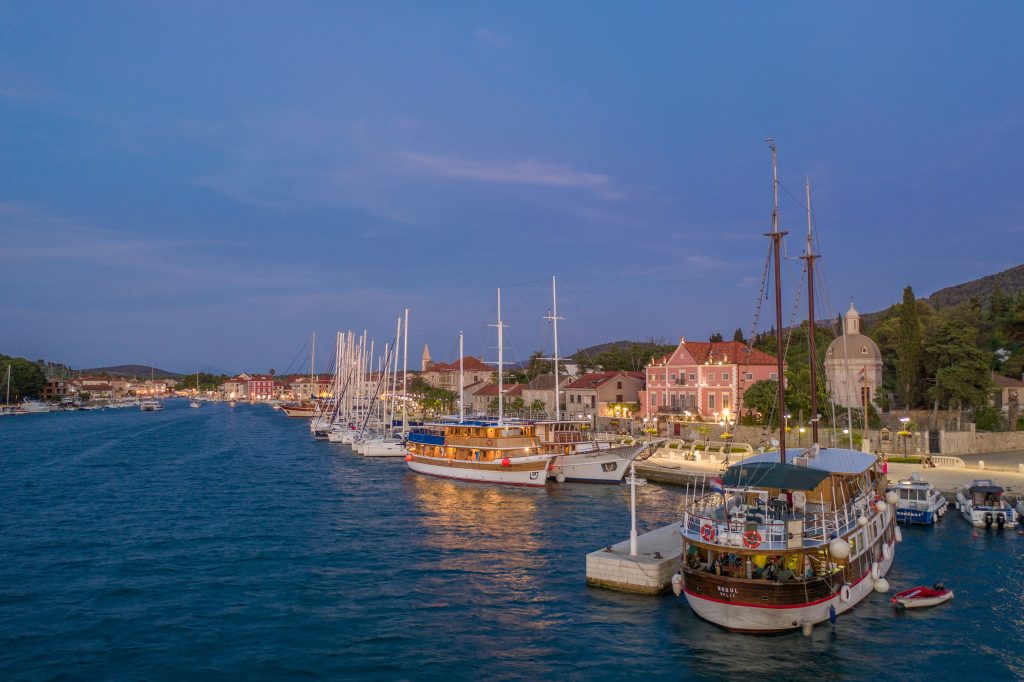
This conclusion is supported by a recent survey by the European Travel Commission (ETC) published in May 2024. The survey was conducted in March-April. None of these polls are 100% accurate and do not fully capture preferences and sentiments, but given the sample size (more than 4,400 people), they can provide some insight into emerging trends. In the list of preferred countries, Croatia ranks quite low, but it should be noted that this may not reveal the whole picture, as many of the countries compared are significantly larger than Croatia.
Ultimately, if we take the sample above as an indication of the number of residents only, 4% is more than enough for tourists, which is consistent with the numbers we have seen. Another interesting tidbit is the focus on the countries surveyed, which are divided into repeat visitors, people who have visited in the past but will not visit this year, and people who may be visiting for the first time.
Negative emotions and tourism in Croatia
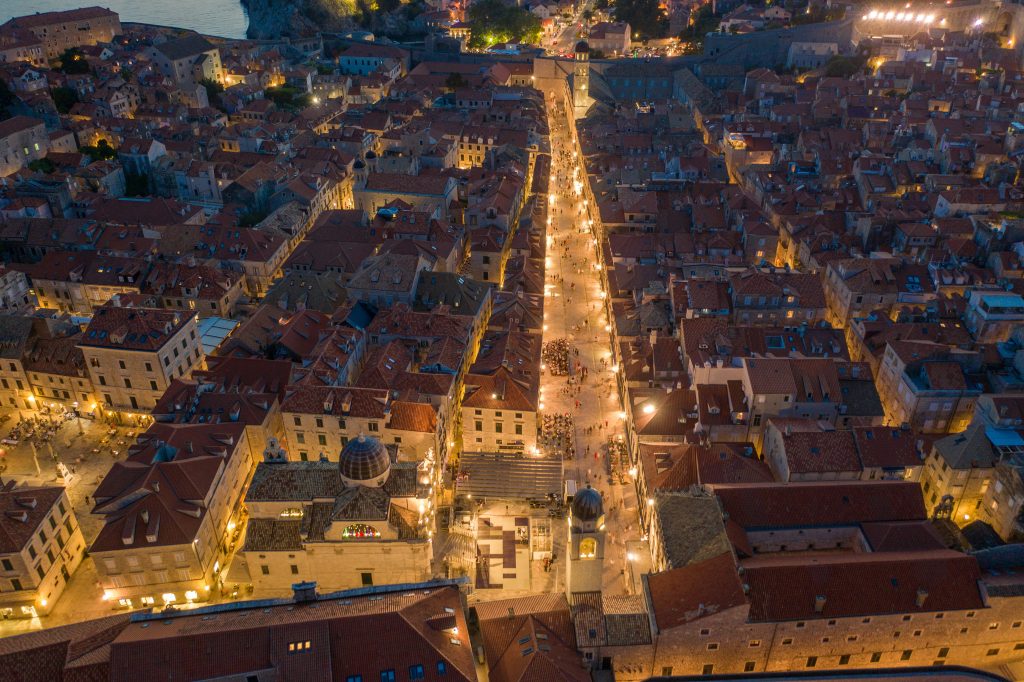
Here we are indeed seeing some first signs of negative sentiment towards Croatia in general, which means that many tourists who have already been to Croatia will not return this year. The reason for this may be hidden in the information about planned travel budgets. As can be seen from the ETC survey, the largest increase is seen in the 1,001-1,500 euro range, while the allocations for low budgets have been significantly reduced. Looking at most other categories, the situation remains more or less the same, except for the 2,001-2,500 euro range, which changed by one percentage point.
“This has several implications for Croatian tourism. Firstly, the increase in the low budget indicates that, at least on average, people are willing to spend more. But the rise to the mid-budget indicates that, despite the increase, people are looking for more affordable options. After all, for a one or two week holiday per year, it is unlikely that people can cover all expenses with such a budget (in Croatia, for example),” revealed Intercapital analyst Michal Antolic.
The second point is that although budgets are increasing (overall), the survey shows that the trend is increasingly leaning towards affordability. In fact, a closer look at the ETC survey reveals that 22.3% of respondents claim that inflation is their main issue, followed by 16.6% stating that the economic situation and personal finances are an issue. 11.8% say that the ongoing war in Ukraine is their main issue, and 10% say that the potential impact of tensions in the Middle East on travel safety is their biggest concern.
Inflation and finances are biggest problems for Croatia’s tourism industry
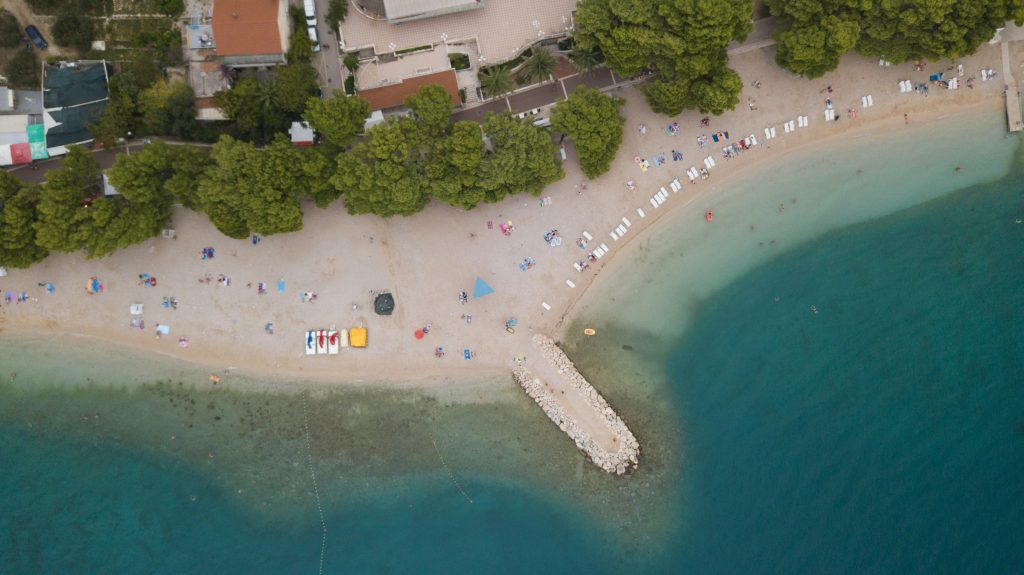
In other words, inflation/personal finances/availability of funds and safety are the main obstacles that Croatian tourism must address. “Although Croatia has been known throughout its history as one of the safest countries in the world, inflation and rising prices are undoubtedly the two issues that most affect tourists when choosing where to spend their holidays. Over the past few years, both hotel companies and private accommodation owners have steadily increased their focus on high-end and luxury tourism.
So far it has proven stable with increased revenues and profits compared to 2019, but even the same number of visitors and overnight stays could cause problems in the long term, argues InterCapital analyst Michal Antojic. Croatia has always been known for being easily accessible and generally offering great weather, beautiful landscapes and relaxation, but the last few years have seen an increase in the amount of content and events.
“Moving to a more premium level will boost revenues and profits in the short term, but the situation could worsen if stories continue to emerge, especially in the foreign press, that Croatia is not as affordable as it used to be, or if people realise there are more competitively priced opportunities elsewhere in the Mediterranean.
“That being said, given these long-term trends, will we have to wait a few more years to achieve new records for Croatian tourism? Will there be a shocking pandemic this time that will justify a drop? Only time will tell,” Antolic concluded. Therefore, we can conclude that while price increases were acceptable this year and last year, they will be difficult to justify in the future.
Very high seasonal epidemic
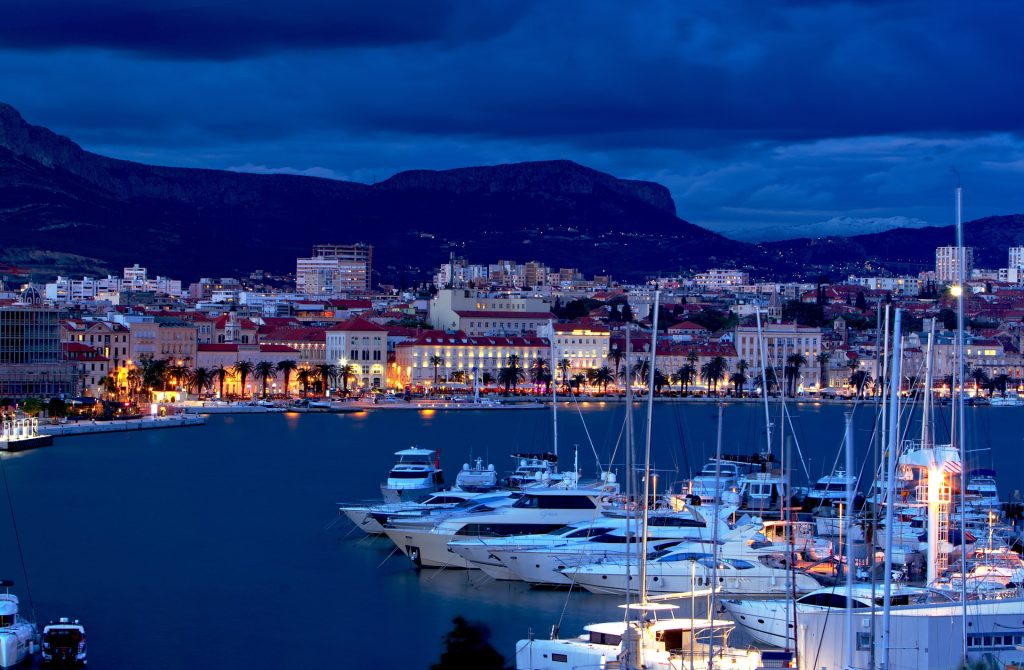
The analysis shows that Croatia is the country with the highest tourist seasonality in the entire Mediterranean, but unfortunately, this trend has not improved over the last decade, despite various efforts and attempts to change the situation. More precisely, the share of overnight stays in the summer for the four months from June to September has remained the same for the last decade. Due to the unfavorable accommodation structure, the average daily consumption of tourists is also relatively low.
Nevertheless, good foundations have been laid for a new phase over the past decade. We are now gradually seeing more environmentally friendly and high-quality tourism than before, as well as more tailored services for both tourists and locals. Of course, the outcome will depend on investment trends and ultimately on the competitiveness of Croatian tourism in the wider Mediterranean framework.
Antolic believes that hotels should pay more attention to lowering prices during periods of low demand, since restoring the initial value in guests’ perceptions will be a big challenge, but Croatian tourism industry players would argue that the main topic will be a change in traditional business patterns, with sustainability and year-round tourism coming more to the fore.
This will attract quality investors and hotel chains, transforming the accommodation structure and investing added value in Croatia’s tourism industry, which will also significantly contribute to improving future financial results and increase the value of all the benefits that Schengen and Eurozone membership brings to the country.
What definitely needs to start is more investment. At the moment, most of the investment in hotels across Croatia has gone into improving the quality of existing hotel facilities, and very little has been invested in building new hotels. It is a sad fact that only 70 new hotels and aparthotels have been built in Croatia in the last 10 years.
Fields marked with * are required to subscribe to our newsletter
Source link

